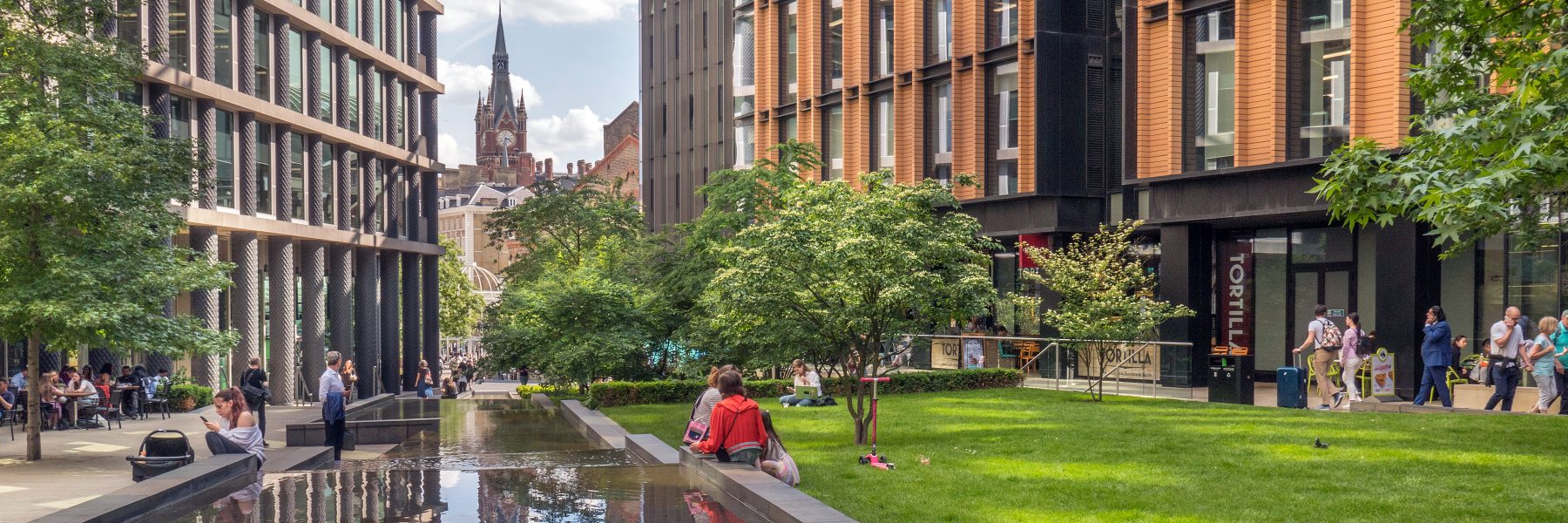Your own industrial innovation campus
For today’s businesses, it is crucial to work together on innovation with other firms and organisations. Technology has become so specialised that no one can afford to do everything on their own. Co-creation and co-development with partner firms, institutions and universities are essential for being successful. Most new, successful products are the result of collaborative work between engineers, marketing experts, designers and often colleagues and academics as well. The benefits are lower costs, faster time to market and higher return on investment.
In this era of technology and innovation, science and technology parks are growing in number at an increasing pace since the first one was created in the 1950s. Less well known is the development which involves medium-sized and large innovative firms establishing their own ‘science park’. We call this an industrial innovation campus.

